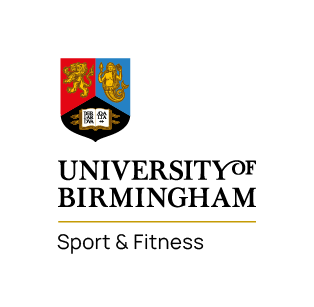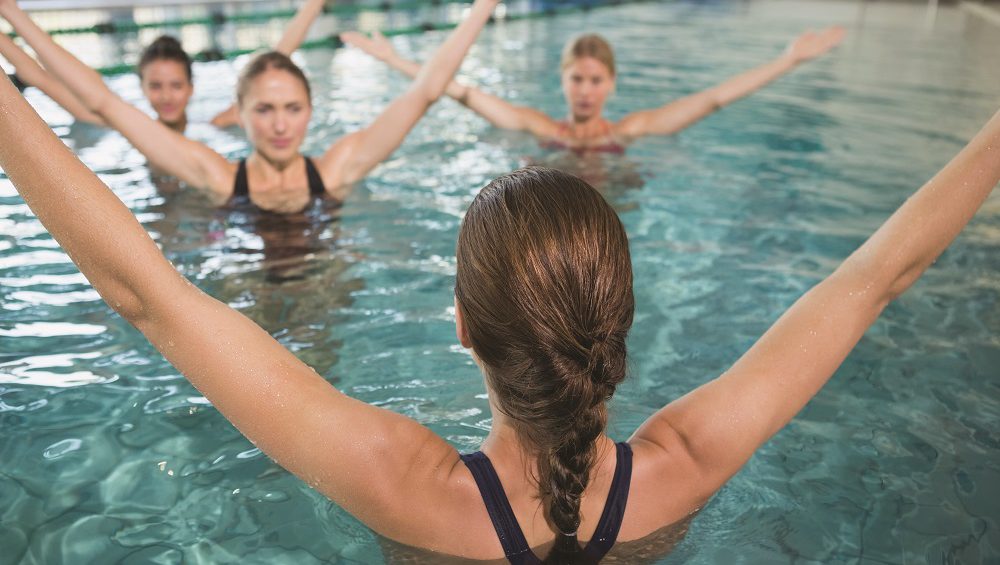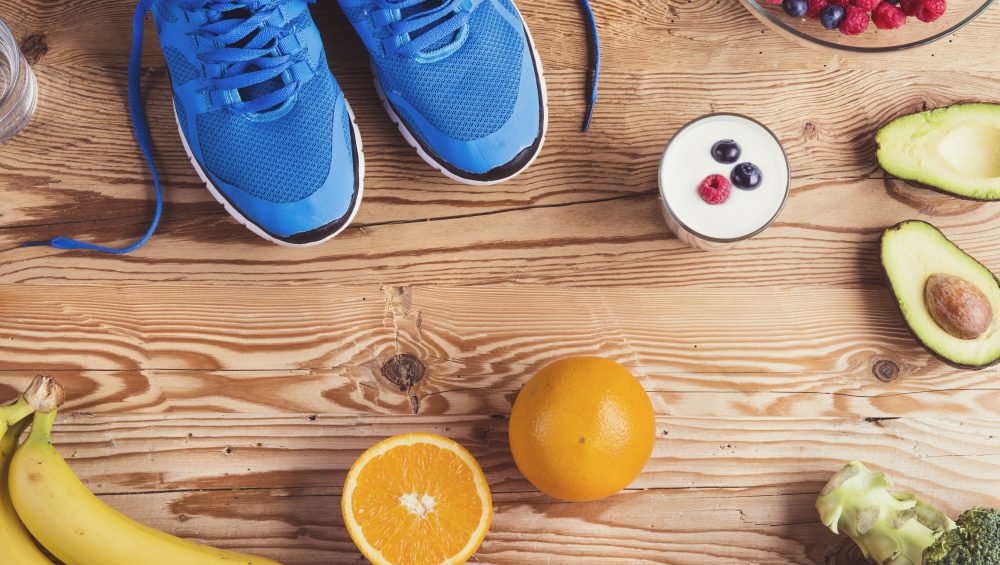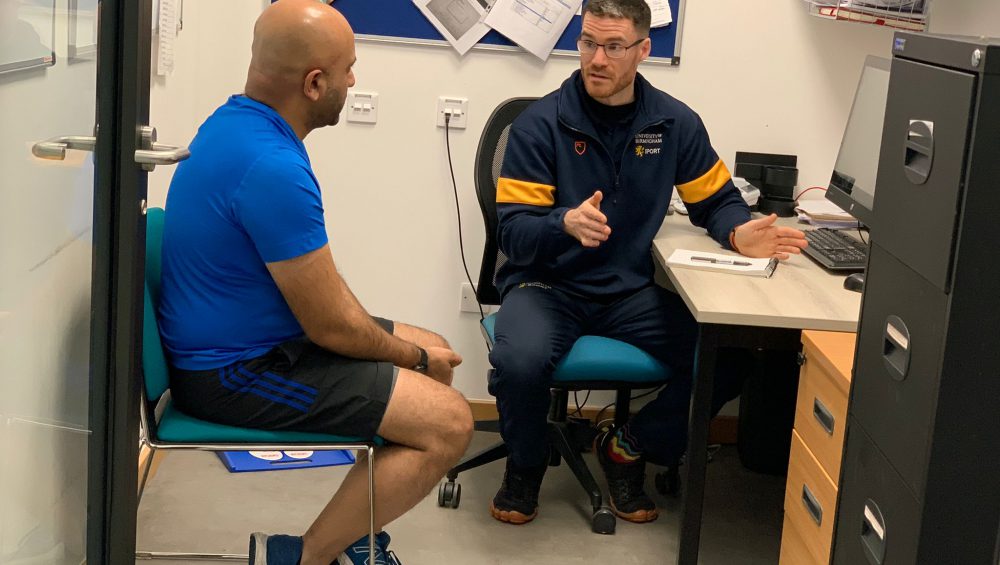Aqua Fit, Swim Fitness and Aqua Natal: What is the difference?
Based on their class names alone it can be difficult to know the difference between our water-based group exercise classes at Sport & Fitness. To help, we’ve put together a brief overview of each class, so you can get a better idea of what to expect when heading down to the pool!
Aqua Fit
With five classes throughout the week, Aqua Fit is our most regular Group Exercise class in the pool. Mostly taught from the poolside, Aqua Fit is an instructor-led 45-minute aerobics class that provides a full-body toning workout.
Using the resistance of the water, as well as aqua equipment (such as inflatable dumbbells!), Aqua Fit provides a fun, thorough workout, whilst keeping any impact on your joints to a minimum.
The lack of significant weight on your joints makes Aqua Fit popular with those new to Group Exercise and looking to improve their movement, or anyone returning from injury, but it really is for everyone! Each class is taught to a lively playlist that will make your time in the pool fly by!
Swim Fitness
If you’re looking for a Group Exercise class that incorporates swimming, Swim Fitness is the class for you! Coached by our qualified level two swim teachers, you’ll be led through a structured lane swimming session each week. Swim Fit is designed to build speed and endurance, by combining different strokes and intensity levels at each session.
Due to the nature of Swim Fitness, it is recommended that you are a confident front crawl swimmer prior to attending. There is no requirement for a specific speed or pace; everything is based of your effort level rather than swimming speed.
We offer three Swim Fitness classes throughout the week, so whether you’re a daily swimmer looking to add some variation to your routine, or just looking for a weekly workout in the pool, Swim Fitness will have what you’re looking for.
Aqua Natal
As you may guess from its name, Aqua Natal is a class for those that are pregnant! Aqua Natal offers a gentle exercise programme for those wishing to continue a light form of exercise whilst pregnant.
During Aqua Natal, the instructor is likely to teach from within the pool, guiding participants through each exercise whilst discussing the various stages of pregnancy. A blend of exercise, relaxation and fun in the water, Aqua Fit is perfect for anyone looking for gentle exercise to keep them active throughout their pregnancy.
With over 150 classes per week at Sport & Fitness, there is something for everyone. Our popular exercise classes are inclusive and suitable for all abilities. Discover our exercise class timetable.




